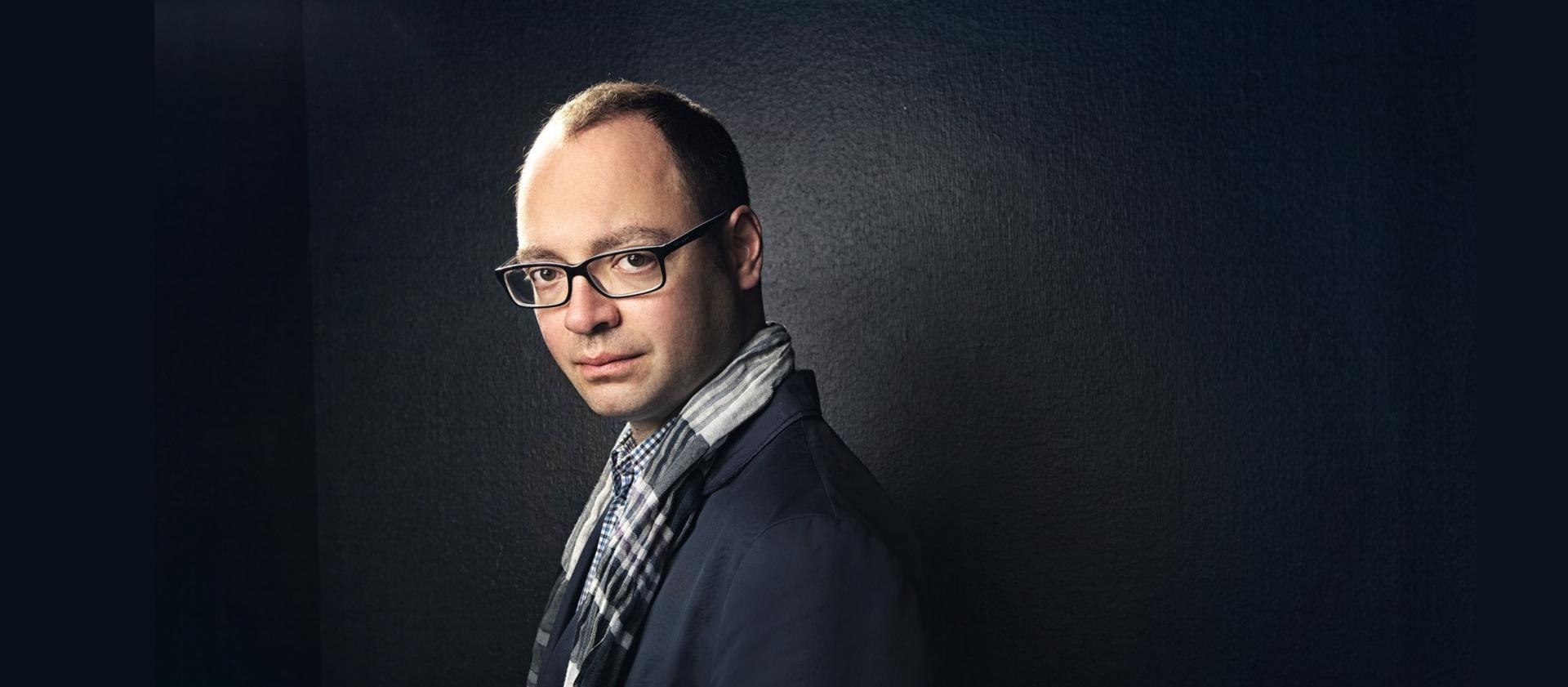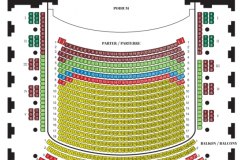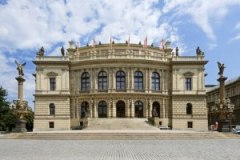Alexander Melnikov
Mo | Tu | We | Th | Fr | Sa | Su |
The festival appearance of Alexander Melnikov promises something truly unique. This graduate of the Moscow Conservatory, whose musical coming of age was defined by his encounters with the legendary Sviatoslav Richter, is one of the most sought-after and most original pianists on today’s classical scene. He appears with the likes of the Concertgebouw Amsterdam, the Leipzig Gewandhaus Orchestra and the Philadelphia Orchestra. His lifelong interest in historically informed interpretation led him to perform on period keyboard instruments and to his collaboration with ensembles such as the Freiburg Baroque Orchestra and the Akademie für Alte Musik Berlin. He has won awards at the Robert Schumann International Competition in Zwickau and the Queen Elisabeth Competition in Brussels. The audience at the Rudolf Firkušný Piano Festival will be taken on a genuine musical journey through time. The stage of the Rudolfinum’s Dvořák Hall will accommodate five keyboard instruments from various historical eras – a Baroque harpsichord, two fortepianos, a French Romantic instrument from the workshop of Ignaz Pleyel, hailed for its soft, mellow sound, and a modern Steinway grand. Melnikov will begin the concert with the earliest model, on which he will perform Johann Sebastian Bach’s Chromatic Fantasia and Fugue. With works by Bach’s son Carl Philipp Emanuel, Mozart, Mendelssohn and Chopin, he will shift along an imaginary timeline from one instrument to the next until, drawing on the music of Alexander Scriabin and Alfred Schnittke, he will arrive at the modern piano, bringing this imaginative concert to a close. When the pianist recorded this programme on CD for harmonia mundi France, critic Ivan Hewett, writing for the British Telegraph, gave the recording a full five stars, describing it as “the most engrossing thing I’ve heard in months.”
Program and cast
Alexander Melnikov - harpsichord, historical pianos, piano
Program
Johann Sebastian Bach: Chromatic Fantasia and Fugue BWV 903
Carl Philipp Emanuel Bach: Fantasia in F sharp minor Wq 67
Wolfgang Amadeus Mozart: Fantasie in C minor KV 475
Felix Mendelssohn-Bartholdy: Fantasie in F sharp minor Op. 28 „Sonate écossaise“
Fryderyk Chopin: Fantasie in F minor Op. 49
Alexandr Nikolajevič Skrjabin: Fantasie in B minor Op. 28
Alfred Schnittke: Improvisation and Fugue Op. 38
Rudolfinum
The Rudolfinum, one of the most noteworthy buildings in Prague, was built between 1876 and 1884 according to the designs of architects Josef Zítek and Josef Schulze. Originally intended as a multipurpose cultural building in Prague, the Rudolfinum was inagurated on February 7, 1885. It carried out its mission until 1919, when it was converted to the House of Commons of the Czechoslovak Republic. Concert activity was restored to the Rudolfinum during the German occupation, but full rehabilitation, particularly of the gallery, did not take place until 1992. After a general reconstruction by architect Karel Prager in 1992, the Rudolfinum became the home of the Czech Philharmonic and the Rudolfinum Gallery.
Dvorana – Ceremony Hall
The central space in the gallery portion of the Rudolfinum was designed by Josef Zítek and Josef Schulz as an entrance hall to the art gallery. After 1918, however, this space was converted into a parliamentary cafeteria, and after World War II it served as a gymnasium for the Prague Conservatory. At the end of the 1980s, Ceremony Hall was threatened with reconstruction – but plans to tear down the main staircase to make room for another concert hall did not go through, and the hall retained its original appearance. Of particular interest in Ceremony Hall are 25 empty spaces on its walls, which were originally intended to be filled in with frescos. The majority of the eminent Czech painters, however, boycotted the 1891 fresco competition in protest over the large number of German artists involved in the construction of the Rudolfinum.
 Dvořák Hall
Dvořák Hall
The Czech Philharmonic took the stage in this world-famous concert hall in 1896, performing for its first-ever concert under the baton of Antonín Dvořák himself. The hall remained a space for concerts and performances until 1918, at which time it became a boardroom for the new parliament of the Czechoslovak Republic. The stage and the organ loft became a tribunal (garnished with a statue of President T.G. Masaryk), from which parliamentary leaders presided over proceedings. The hall's original character (and purpose) was restored
in 1940–1942 according to a project conceived by Antonín Engel and Bohumír Kozák, and it has remained in this form through to the present. In accordance with Josef Zítek and Josef Schulz's original proposal, the central visual element in the hall is an organ, which was made in Frankfurt, Germany. During the hall's stint as a parliamentary meeting place, the organ was housed in Brno. When it returned to the Rudolfinum in 1940, its register was extended. Dvořák Hall's final update took place in 1992 when the entire Rudolfinum building underwent reconstruction.
When travelling by public transport, get off at the Staroměstská metro station (Line A), tram stop (trams nos. 17, 18 and 53) or bus stop (no. 207).
Parking is available at the underground parking facility on Jan Palach Square. The facility is not part of the Rudolfinum premises.

 EN
EN DE
DE IT
IT FR
FR ES
ES RU
RU JP
JP RO
RO
 Seating plan
Seating plan 